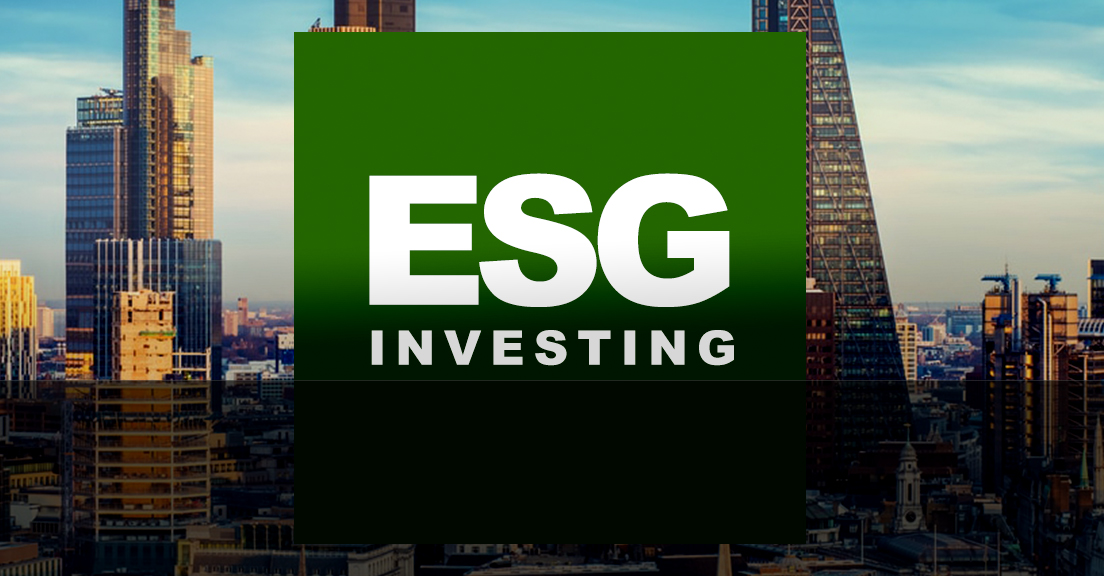ESG Default Insurance ForbesESG Default Insurance Forbes
Impact Investing Forum 2025
https://impactinvestingconferences.com/
London UK. May 14-15, 2025.
Book Now!
ESG default insurance is a solution that forces a company to focus on specific stakeholders, helps the earnest ESG companies to separate from companies paying lip service, gives socially active investors skin in the game by making it financially lucrative to sue a company if it reneges on its ESG promises, and empowers the insurance company to serve as an effective ESG assurance service.
Advertisment (art by Emile Berchmans) for the Fine Art & General Insurance Company with an … [+] illustratoin of a woman as she puts on a bracelet, 1896. (Photo by Buyenlarge/Getty Images)
Getty Images
COP26 is in full swing but questions persist on whether a top-down process of managing carbon budgets is effective or whether a micro-bottom-up approach is better. Inspired by older concepts such as financial statement insurance, credit default swaps and directors’ and officers’ insurance, I have been noodling with is a mechanism that embraces a bottom-up idea: ESG default Insurance.
A company could purchase ESG default insurance from a counterparty such as an insurance company or an investment bank or even an ESG rating agency by paying a premium. The coverage provides protection to investors against losses suffered on account of unkept ESG promises. Assume that socially active investors believe that a company has reneged on its ESG promises or has indulged in greenwashing. The insurance company settles with these investors in this event of ESG default. The act of a ESG default may also involve a lawsuit filed by socially active investors or an NGO.
No market observer should assume that a company that sets ESG is going to meet those goals in total. In fact, many of my papers document that companies are failing to live up to their promises. The very disclosure of the fact that the company bought insurance and the dollar amount of coverage sought helps the serious ESG companies credibly separate from the companies less serious about keeping their ESG promises. The insurance company is obviously interested in minimizing payouts in such an arrangement. Hence, the insurance company appoints and pays for an independent auditor who certifies the accuracy of the ESG statements made by the company every year.
The figure below illustrates the ESG default insurance process in pictorial form:
Pictorial representation of how ESG default insurance works
Shiva Rajgopal
MORE FOR YOU
A nascent version of this idea is already seen in green bonds where the interest rate paid on the bond is contracted to increase if a company reneges on some ESG commitment. Consider a concrete example. Black Rock issued a $4.4 billion loan recently where the interest rate on the loan will increase by 0.05% if a company does not boost the share of Black and Latino people in its U.S. workforce to 30% by 2024 and the share of women in its senior leadership ranks by 3% each year.
I read this as a significant development for two reasons. One, transactions like this open the door to my idea of ESG default insurance and the actual outcome around which default can be defined- BlackRock’s diversity promise. One of the issues with ESG finance is the clutter associated with hundreds of data points associated with the E, S and G. This transaction cuts through the clutter and tells investors that a company deeply cares about one stakeholder: a diverse workforce. It is obviously not perfect, as the definition of “senior rank” or who exactly is considered “Black or Latino” is left vague. But the focused objective is certainly better than looking at hundreds of different data points in BlackRock’s ESG report.
At this stage, you may ask how different is ESG default insurance from green bonds or sustainability linked bonds, more broadly? Could we just run sustainability linked bonds with punitive step-ups rather than step-downs to achieve the same outcome? I believe ESG default insurance is better for the following reasons.
. Larger stakes: Sustainability linked bonds constitute a tiny fraction of a firm’s capital structure as of now. Hence, the penalty for reneging the ESG promise rarely bites. The penalty for reneging on an ESG promise is tiny in financial terms for BlackRock’s sustainability bond at $220,000 per annum (0.05%*$4.4 billion). ESG default insurance will involve larger commitments by way of premiums from serious firms.
. Market signal of ESG default probability: Involving a profit maximizing intermediary such as insurance company ensures that the pricing of the risk of a company greenwashing, via publicized premiums, is as accurate as it can be, based on available information. The “default” thresholds in sustainability bonds are set unilaterally by the firm, not by the market or a neutral intermediary such as an insurance company.
. Independent ESG auditor: ESG default insurance eliminates conflict of interest of ESG auditors as they are appointed by the insurer and not by the firm. The ESG auditors I have seen are, by and large, no-name auditors with barely enough capital to survive even one lawsuit. Will these auditors really be able to stand up to pressure from firms? Moreover, a few ESG rating agencies are jumping into the assurance business with the usual conflicts of serving both as a judge and a consultant. The insurance company does have an incentive to minimize payouts and will find the best auditor or conduct the due diligence themselves.
. Insurer cares financially about ESG default: The insurer has skin in the game to ensure that it does not underprice premiums for a company that is unlikely to meet its ESG goals. Settlement proceeds in the event of a default are paid by the insurance company, not the firm. Hence, the insurance company has skin in the game to make sure that the probability of an ESG default is either publicized or prevented
. Who enforces ESG default with sustainability linked bonds? The legal definition of an ESG “default” in the world of sustainability linked bonds is murky. Will an equivalent of the ISDA Determinations Committee determine how ESG default is determined? I don’t think so. My hunch is that proving default on an ESG commitment on a sustainability linked bond is difficult. ESG default insurance makes it relatively easier for an NGO or a socially activist investor to sue a company. Insurance can let a court, as opposed to a trustee on the bond affiliated with the company, decide what default on a social or environmental promise entails.
. Social investors have teeth with ESG default insurance: ESG default insurance empowers socially responsible investors. The best they can do now to enforce ESG promises is to introduce proxy resolutions hoping to force companies to fall in line. The existence of ESG default insurance will make suing a firm for reneging on its ESG promises financially lucrative.
The insurer can even be a ESG rating agency or an investment bank or any other well capitalized entity. Competition among such insurers will ensure that collusion between a company and the insurer is less likely. Most important, public disclosure of the ESG default insurance premium will allow stakeholders to decide whether that premium is indeed too low to be true.
ESG default insurance is a solution that forces a company to focus on specific stakeholders, helps ESG companies that are serious to separate from those paying lip service, gives socially active investors skin in the gives socially active investors skin in the game by making it financially lucrative to sue a company if it reneges on its ESG promises, and empowers the insurance company to serve as an effective ESG assurance service. I hope we see widespread adoption of the idea.
I am sure I have overlooked problems with the idea. Please feel free to comment on my Linked In page. All critical comments welcome.



